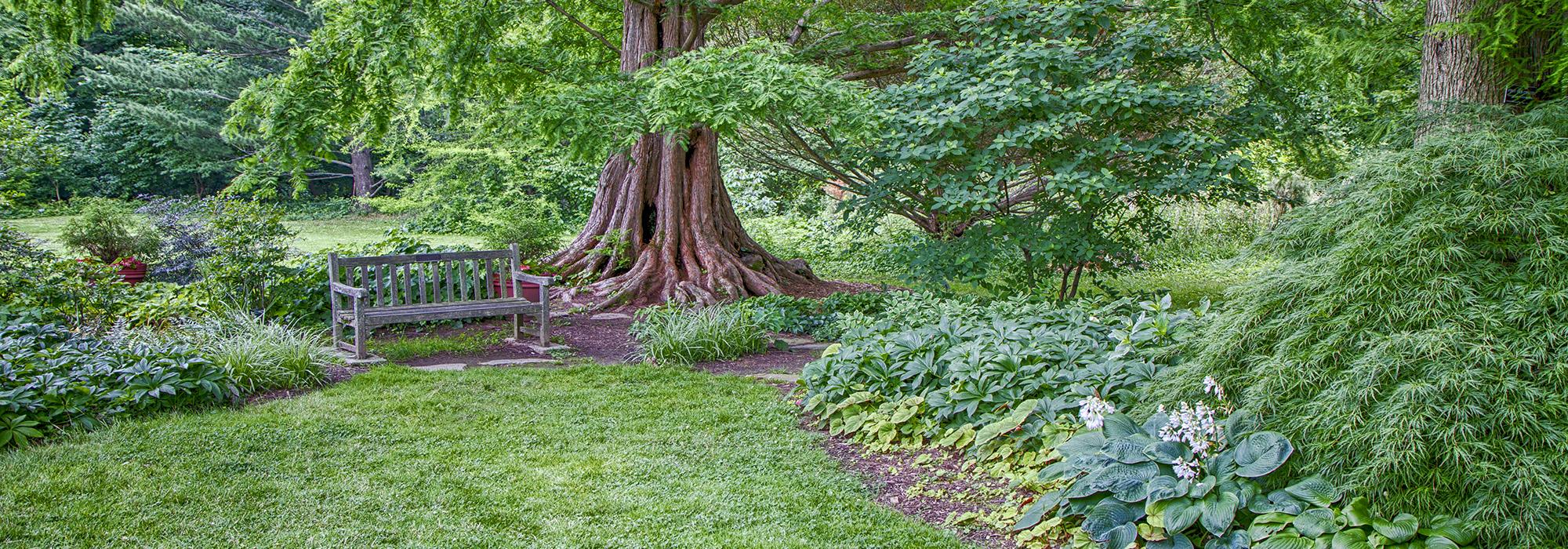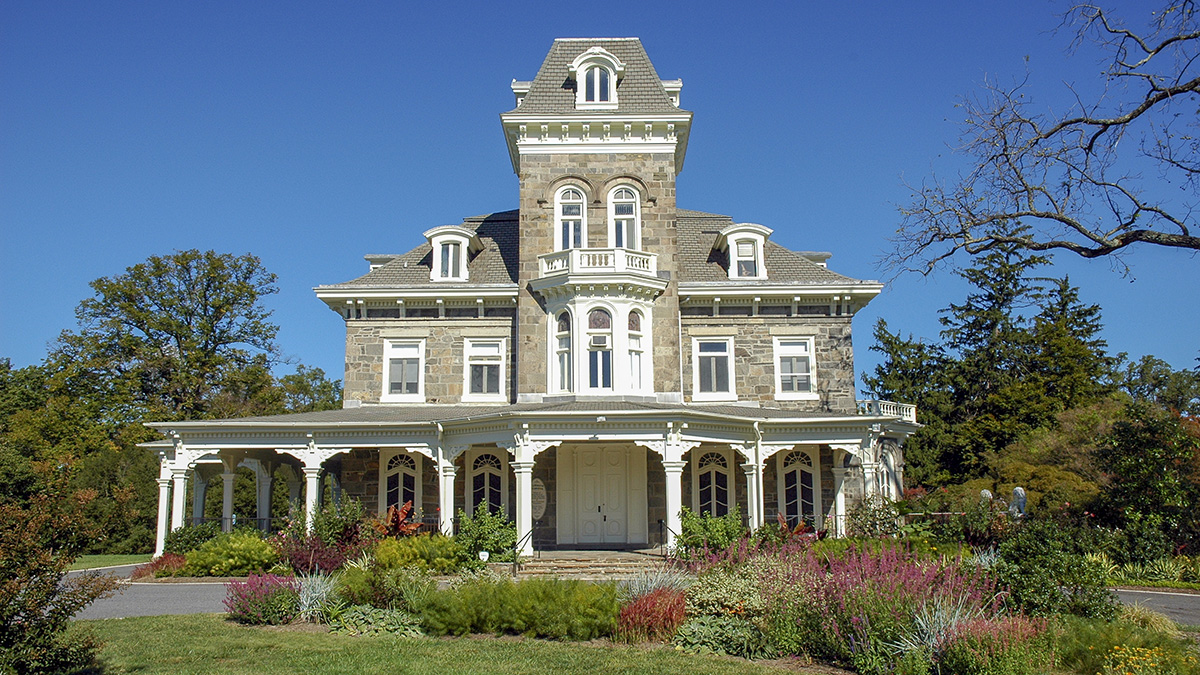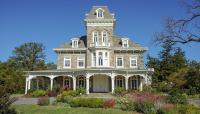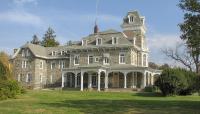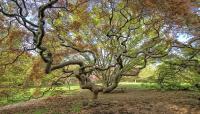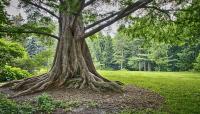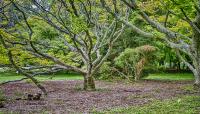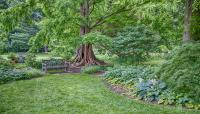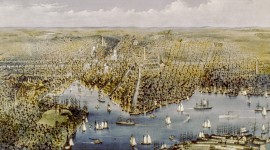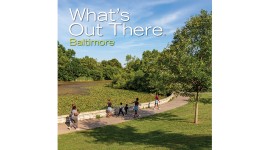Landscape Information
Situated north of downtown Baltimore along the Jones Falls, this 200-acre property was purchased by in 1863 businessman Jesse Tyson who commissioned architect George Frederick to design and build a large country mansion in the Renaissance Revival style. Tyson planted many of the trees and established formal gardens and lawns, all set within the estate’s natural woodlands. The property remained a private residence until 1942, when the city purchased it for use as a park. One year later, the city lent the mansion and grounds to the Department of Public Welfare, which administered it as a home for abandoned children until 1957. In 1954 the Cylburn Wildflower Preserve and Garden Center was established at the site as a place for the study of natural history, along with an herbarium. Volunteers subsequently created several miles of trails throughout the property and restored and rehabilitated the formal gardens. Working at Cylburn from 1958 to 1994, Gerald Moudry, the city’s chief horticulturalist, helped to expand the site’s original plantings into a sizable collection of native and exotic species.
In 1982 the property was renamed the Cylburn Arboretum, and in 2010 the Vollmer Visitor and Education Center opened. The mansion and its formal grounds are sited in a clearing within the heavily wooded site. A long driveway leads east from Greenspring Avenue, bypassing a parking lot, the visitor center, and six large greenhouses before terminating in a circle in front of the mansion, whose expansive front lawn is dotted with mature canopy trees and crossed by winding walking paths. Formal gardens are immediately north of the mansion, while the dense woodlands extend in all directions, abutting the tracks of the Pennsylvania Railroad to the east. The Cylburn House and Park Historic District was listed in the National Register of Historic Places in 1971.



